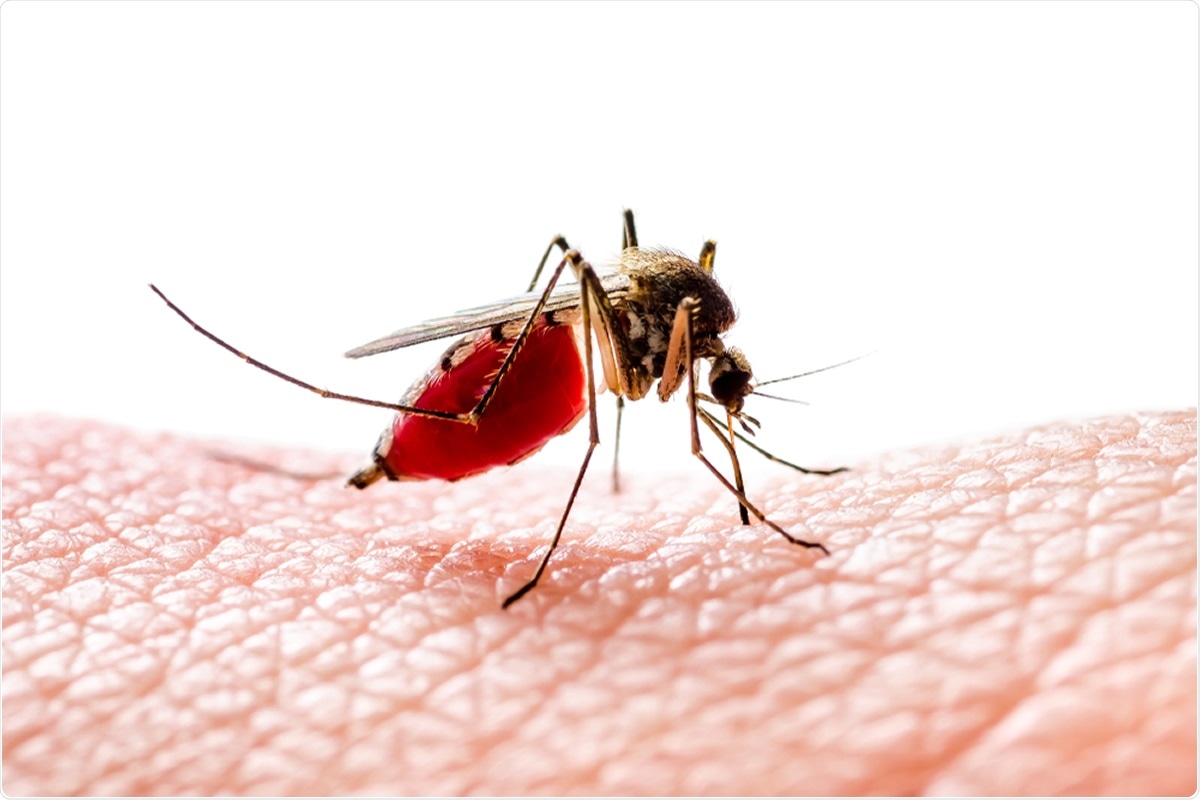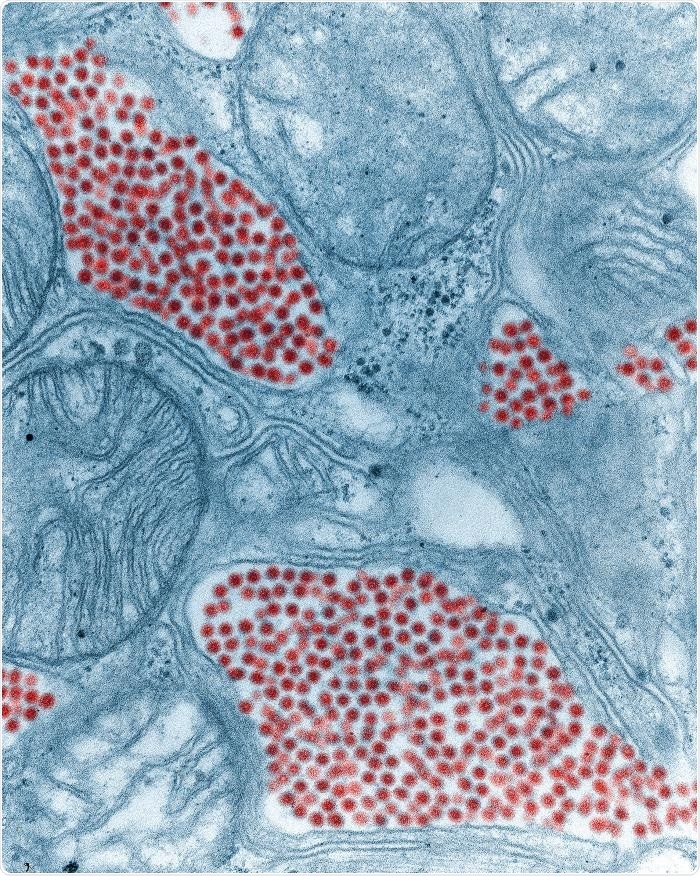Mosquito-borne diseases are emerging in many parts of the world, especially in tropical areas where cases of malaria and dengue are increasing.
In the United States, the Michigan Department of Health and Human Services (MDHHS) urge people to stay indoors, especially after dusk. Health officials have confirmed 22 horse cases of Eastern Equine Encephalitis (EEE), and one suspected human case.
All the cases of EEE in horses were reported in 10 counties in Michigan, and the department investigates additional animal cases. The number of cases is twice as many cases at the same time the previous year.

Image Credit: Nechaevkon / Shutterstock
Stay indoors
As health officials recommend caretakers of the horses to acquire the approved EEE vaccines to protect the animals, another preventive measure for humans is to avoid joining outdoor activities after dusk.
“This suspected EEE case in a Michigan resident shows this is an ongoing threat to the health and safety of Michiganders and calls for continued actions to prevent exposure, including aerial treatment,” Dr. Joneigh Khaldun, chief medical executive and chief deputy for health at MDHHS, said in a statement.
“MDHHS continues to encourage local officials in the affected counties to consider postponing, rescheduling or canceling outdoor activities occurring at or after dusk, particularly those involving children to reduce the potential for people to be bitten by mosquitoes,” he added.
Though vaccines are available for horses, there is still no approved vaccine against EEE in humans. Aside from advising people to stay indoors, the department plans to conduct aerial mosquito control treatment in some high-risk regions of the state.
What is eastern equine encephalitis (EEE)?
Eastern equine encephalitis (EEE) is caused by viruses called arboviruses, or arthropod-borne viruses spread by bites of blood-sucking insects, like ticks and mosquitoes. The U.S. Centers for Disease Control and Prevention (CDC) says that the incubation period for EEE disease is between 4 and 10 days.

Under a magnification of 83,900X, this digitally colorized transmission electron microscopic (TEM) image depicts a salivary gland tissue section that had been extracted from a mosquito, which was infected by the eastern equine encephalitis (EEE) virus. The viral particles have been colorized red.
Often, the virus causes a systemic febrile illness or neurologic disease, including encephalitis, or the infection of the brain, and meningitis, the infection of the membranes surrounding the brain and spinal cord. Patients with EEE often develop a systemic infection characterized by chills, fever, fatigue, joint pains, and muscle pain.
The disease lasts for about one to two weeks, and most people recover completely if there is no involvement of the central nervous system. If a neurologic disease develops, the symptoms include headache, fever, vomiting, diarrhea, seizures, drowsiness, behavioral changes, and coma.
EEE is one of the most dangerous mosquito-borne diseases in the United States, with a 33-percent fatality rate in those who contract the disease. In horses who become ill, the fatality rate is as high as 90 percent.
About a third of all people who develop encephalitis due to EEE infection die. Death happens about 2 to 10 days after the onset of symptoms. People who recover, however, may have permanent physical or mental problems such as brain dysfunction, seizures, paralysis, personality disorders, and severe intellectual impairment, among others.
There have been previous outbreaks of EEE in, occurring approximately every ten years since 1980, when the first human case was reported. Last year, the number of human EEE cases in the state was 10 cases, equal to the total number of cases in the previous decade combined. Humans can get the illness when they get bitten by mosquitoes, the same way horses do. Hence, when there are cases in horses in an area, humans are also at risk.
Preventive measures
People are more likely to contract the virus when they are exposed to mosquitoes when they spend a lot of time outdoors or in wooded areas. Mosquitoes that carry the EEE virus tend to thrive from late spring to early fall, and they are active during dusk and dawn and during the early evening hours.
The MDHHS urged residents to apply insect repellents that contain the active ingredient DEET, especially on exposed skin. Residents should wear long-sleeved shirts and long pants when they are outdoors. They can also apply insect repellents to clothing to prevent bites.
“Maintain window and door screening to help keep mosquitoes outside. Empty water from mosquito breeding sites around the home, such as buckets, unused kiddie pools, old tires or similar sites where mosquitoes may lay eggs and use nets or fans over outdoor eating areas,” the MDHHS said.